Student Opportunities
Positions & Postings
The Department of Environmental Engineering and Earth Sciences promotes opportunities for students through internships, graduate scholarships, postdoctoral fellowships, employment, and exposure to professional experiences. We continuously update the selection of postings, so please check back often.
View Opportunities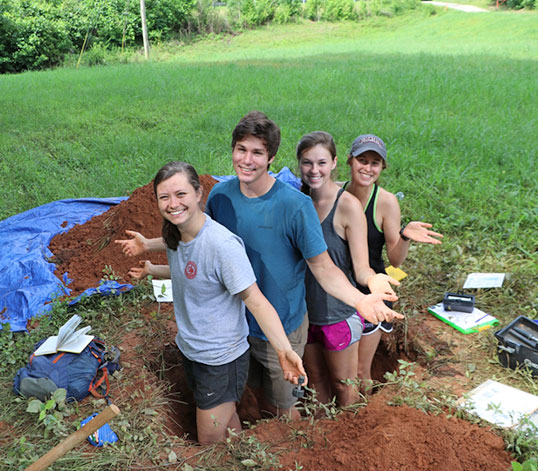
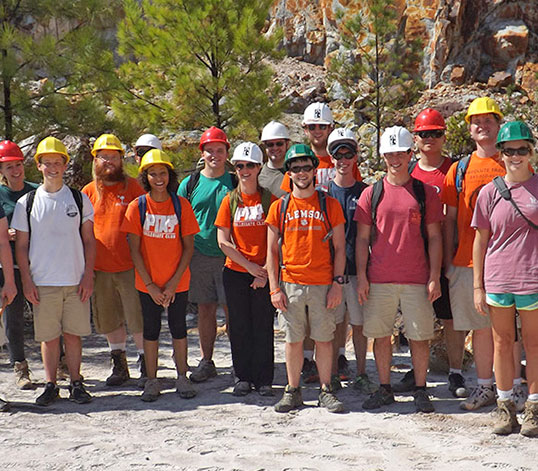
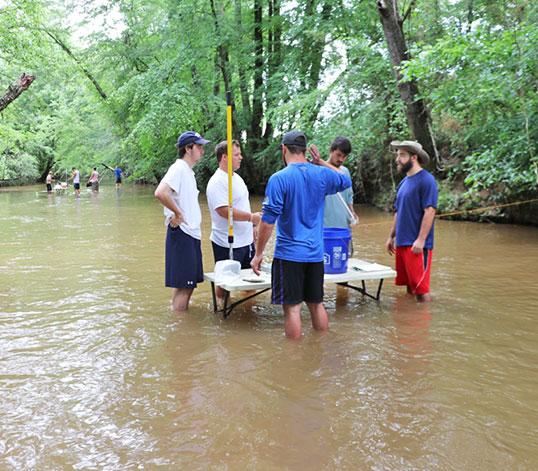
Hydrogeology Field Camp
The Hydrogeology Field Camp is a capstone experience for undergraduate degrees in geology, and it can be an excellent opportunity for graduate students to learn new skills. The summer field camp is designed to give the student a working knowledge of the methods and concepts of field hydrogeology and to provide the opportunity to use those methods in several hydrogeologic settings. Instructors from Clemson primarily lead the course. In addition to faculty, many practicing geologists, hydrogeologists, and scientists from other universities, the USGS, and consulting companies also lead trips and exercises in their particular expertise.
Field Camp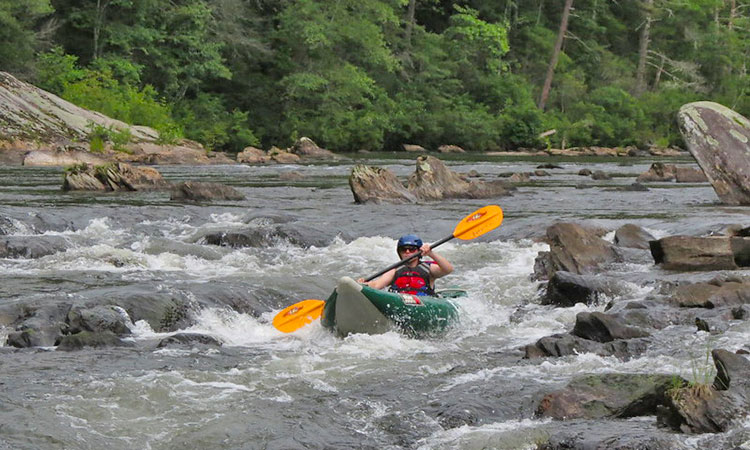

Hydrogeology Symposium
The Hydrogeology Symposium is an annual symposium featuring oral and poster presentations covering a wide range of topics, including Contaminant Transport, Remediation, Numerical Modeling, Characterization, Watershed Hydrology, Engineering Geology, GIS and Remote Sensing, Geophysics, Geochemistry, Stratigraphy, and Regulatory Issues. Everyone is encouraged to submit an abstract and present his/her work.
Symposium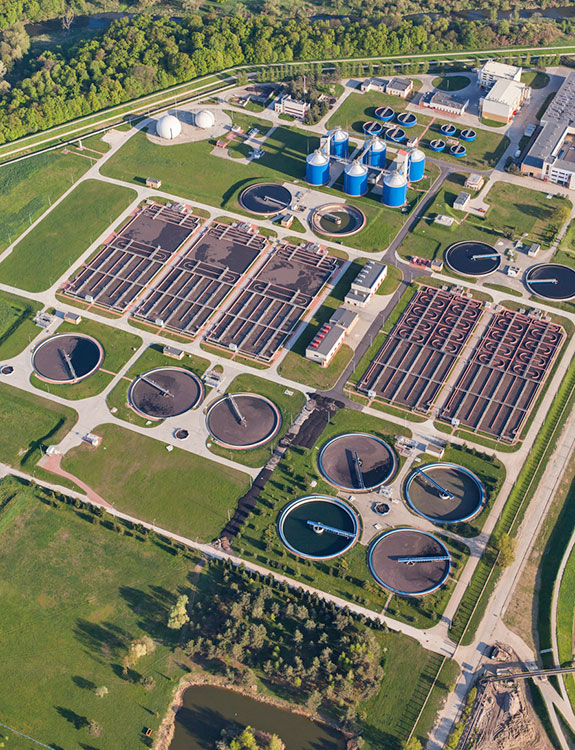
Tools & Notes
Greenhouse Gas Emissions Calculation Tool
Traditionally viewed solely in financial terms, energy use is the primary source of greenhouse gas (GHG) emissions from water utilities. The emerging concern over GHG emissions coincides with potential federal legislation and regulation by the Environmental Protection Agency (EPA). For water utilities to determine their GHG emissions, guides and tools must be made readily available. This tool will allow a water utility to create a GHG emissions baseline and assist in meeting any emissions reduction goals. Feedback experiences can be sent to Tanju Karanfil.
RemChlor
REMChlor (Remediation Evaluation Model for Chlorinated Solvents) is an analytical solution for simulating the transient effects of groundwater source and plume remediation. This approach allows for flexible simulation of enhanced plume degradation that may be temporary, limited in space, and may affect different contaminant species in the decay chain. Cancer risks posed by carcinogenic species in the plume are calculated assuming that the contaminated water is used in a house for drinking, bathing, and other household uses.
Aerated Lagoon Technology
Aerated lagoon technology is one of the most misunderstood technologies in wastewater treatment. With proper design and operation, aerated lagoons can deliver effluents that meet limits of 30 mg/L, both for TSS and CBOD5. The major advantages of aerated lagoon systems are their low cost and their minimal need for operator attention. The performance of aerated lagoon systems and the diagnosis and remedies of their operational problems focus on technical notes that should be of considerable value to engineers and operators.
